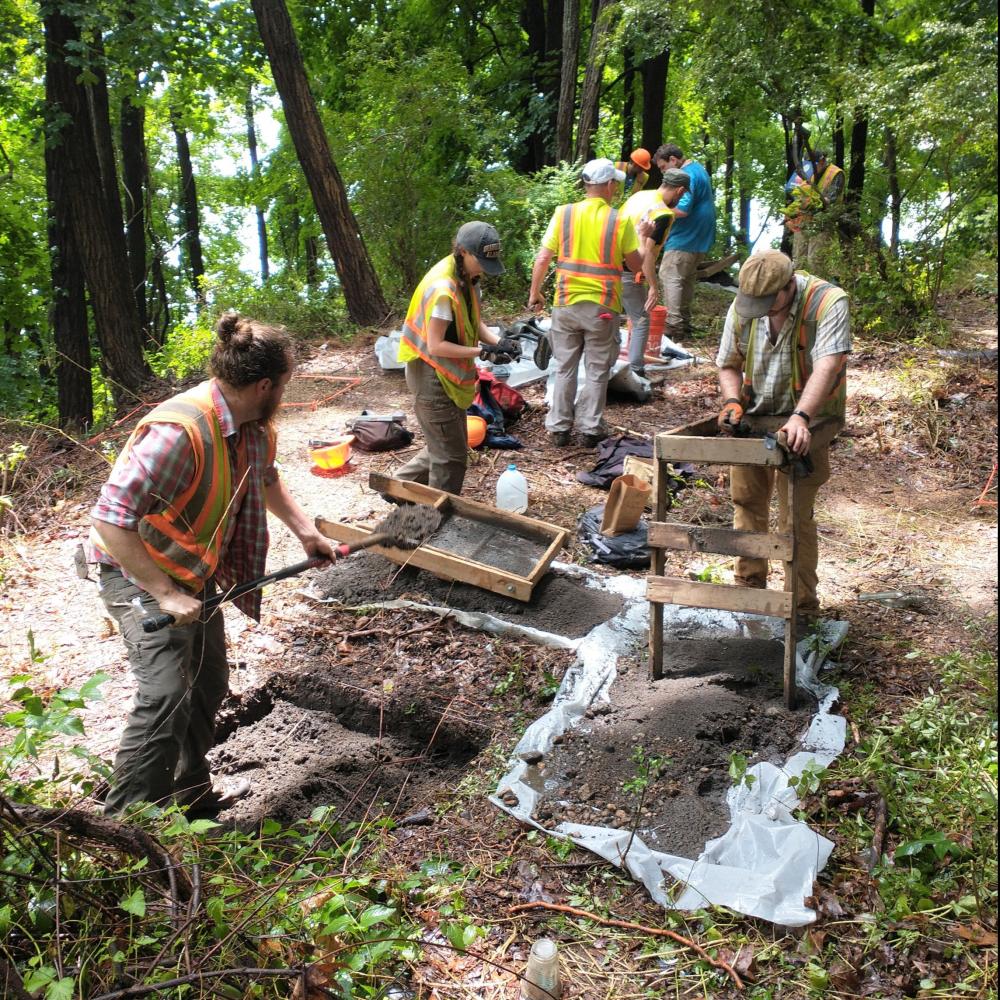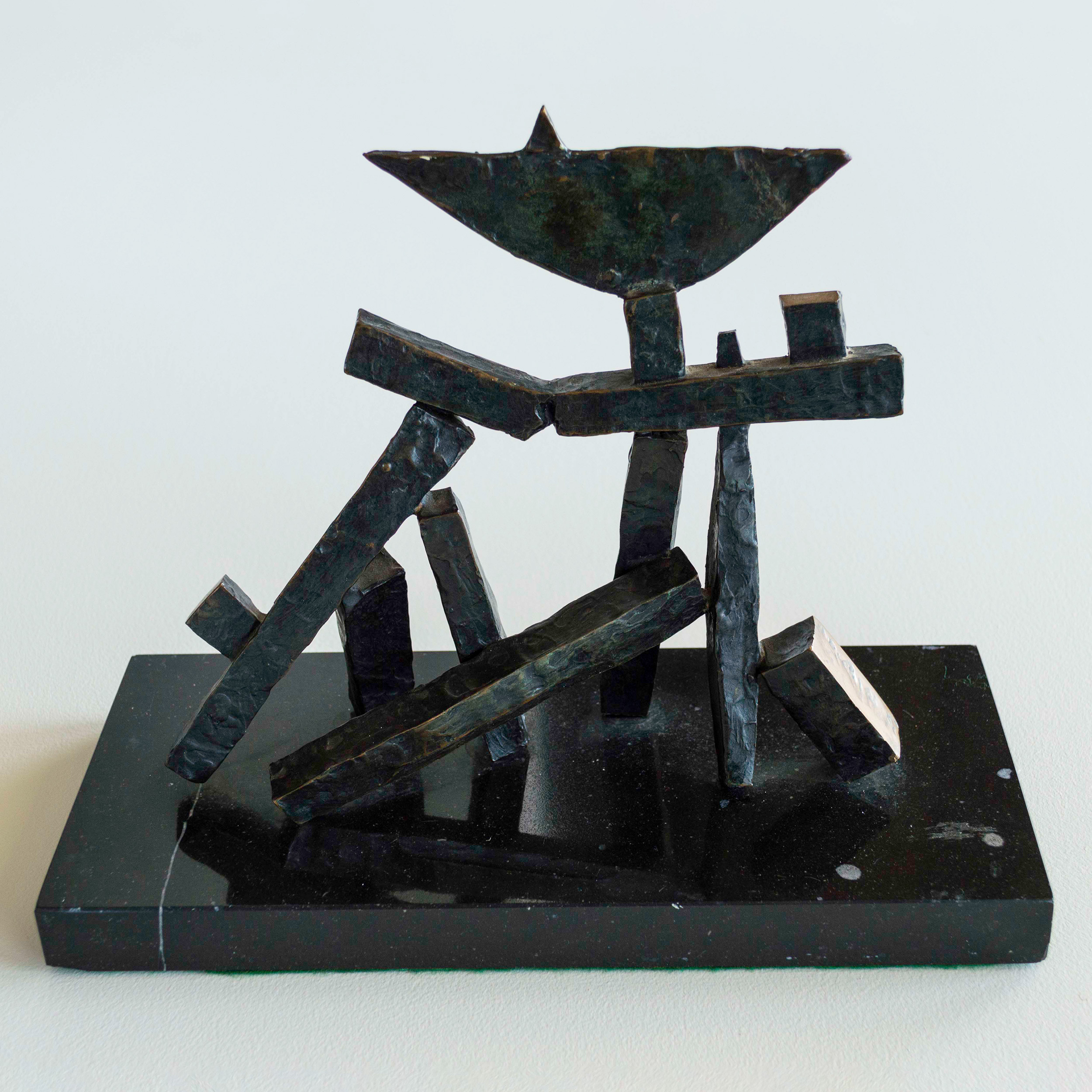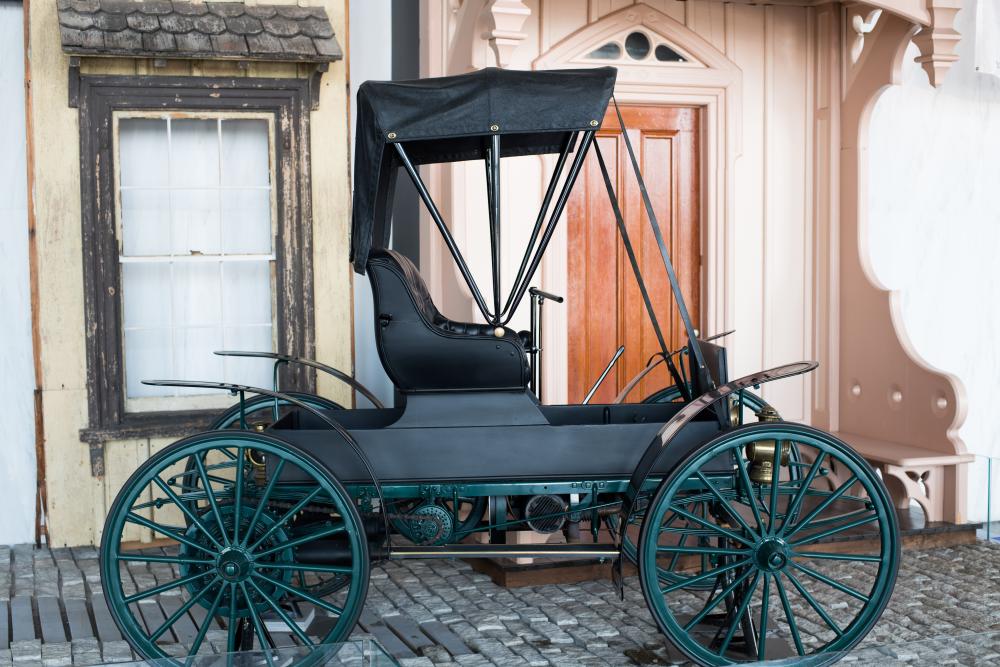Indigenous Activity in the Hudson Highlands

Archaeologists from the NYSM’s Cultural Resource Survey Program kicked off this year’s field season with a survey in the Hudson Highlands in an area overlooking the Hudson River not far from Manitou Mountain. This is within the traditional homeland of the Muh-he-conneok, the People of the Waters That Are Never Still, now the Stockbridge-Munsee Community Band of Mohican Indians.
Traces of indigenous activity were found within the survey area, including a light scatter of quartz and chert flakes produced during stone tool manufacture or resharpening, some objects that appear to be expedient stone tools, an exceptionally well-made quartzite Levanna triangle projectile point, and pottery fragments. Based on the artifacts, the site roughly dates between 500 and 1,000 years old.
Unfortunately, only durable materials like stone and fired clay pottery typically survive in the region’s sandy, acidic soils, so a complete understanding of indigenous activity at the site is beyond reach. Still, the recovery of artifacts speaks to the deep history of settlement along the never-still waters of the Mahicannituck, now Hudson River.





